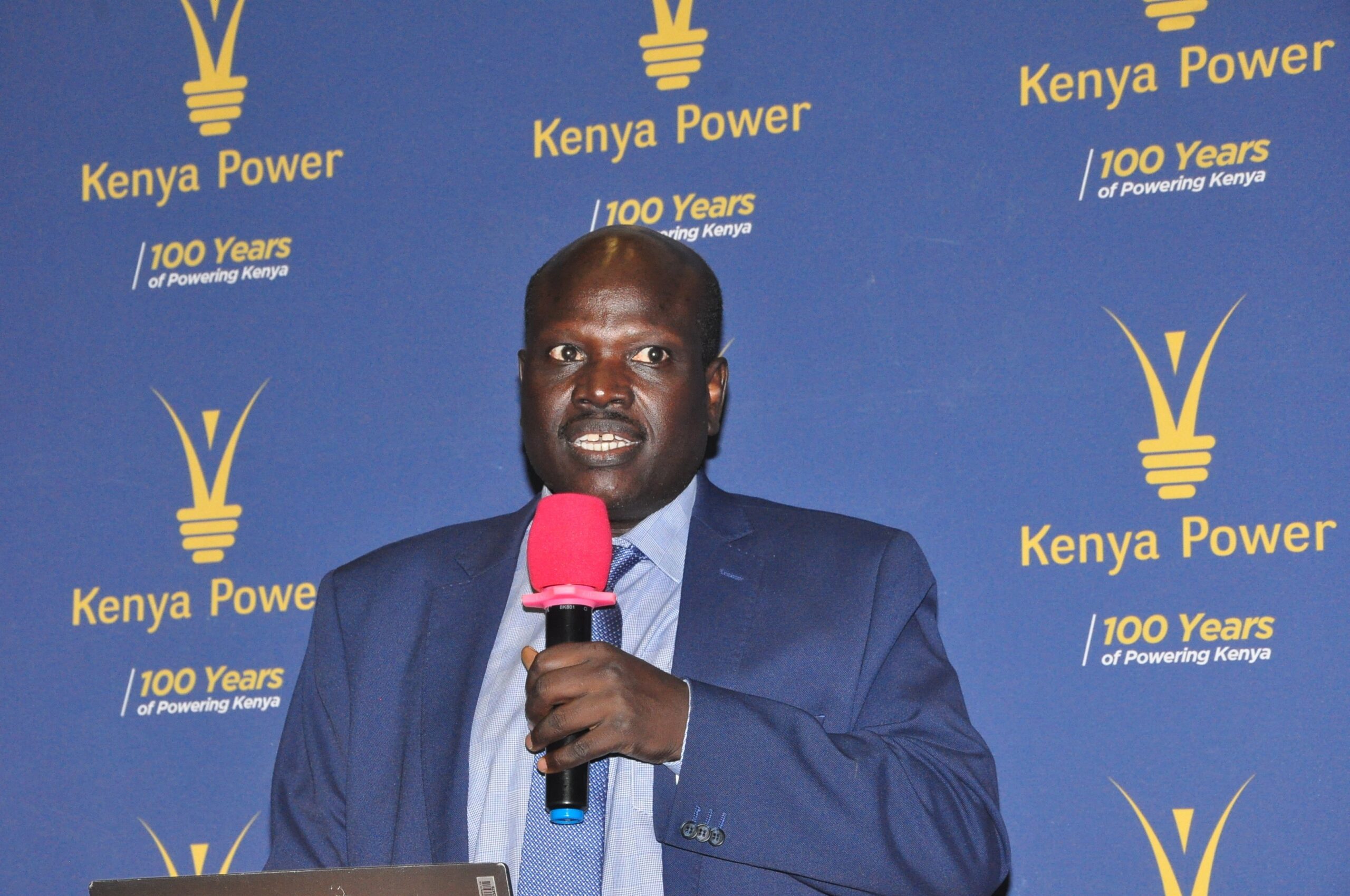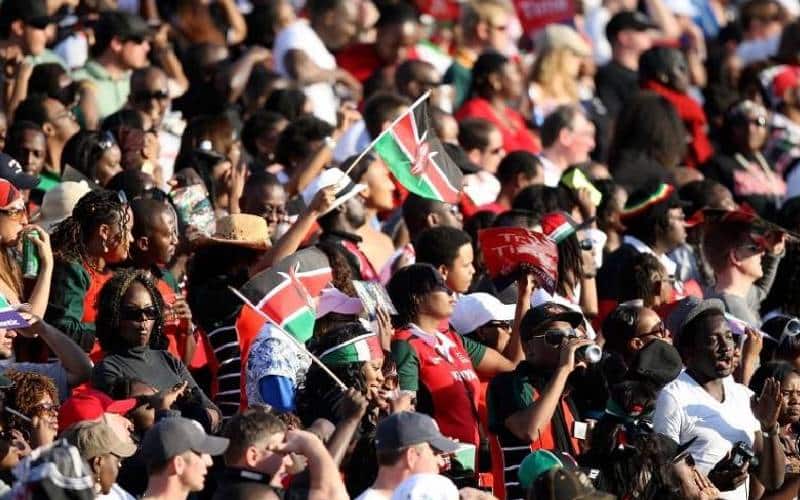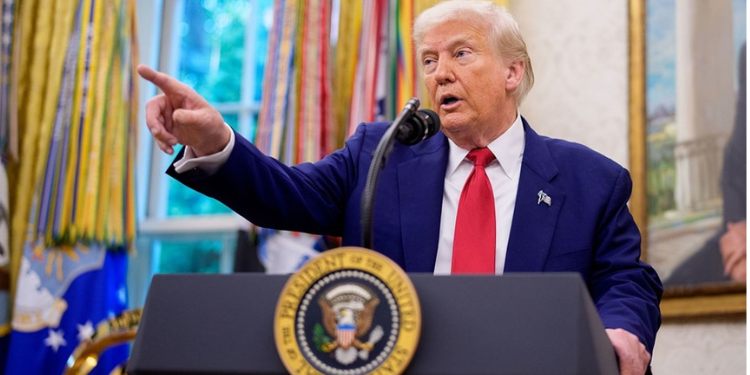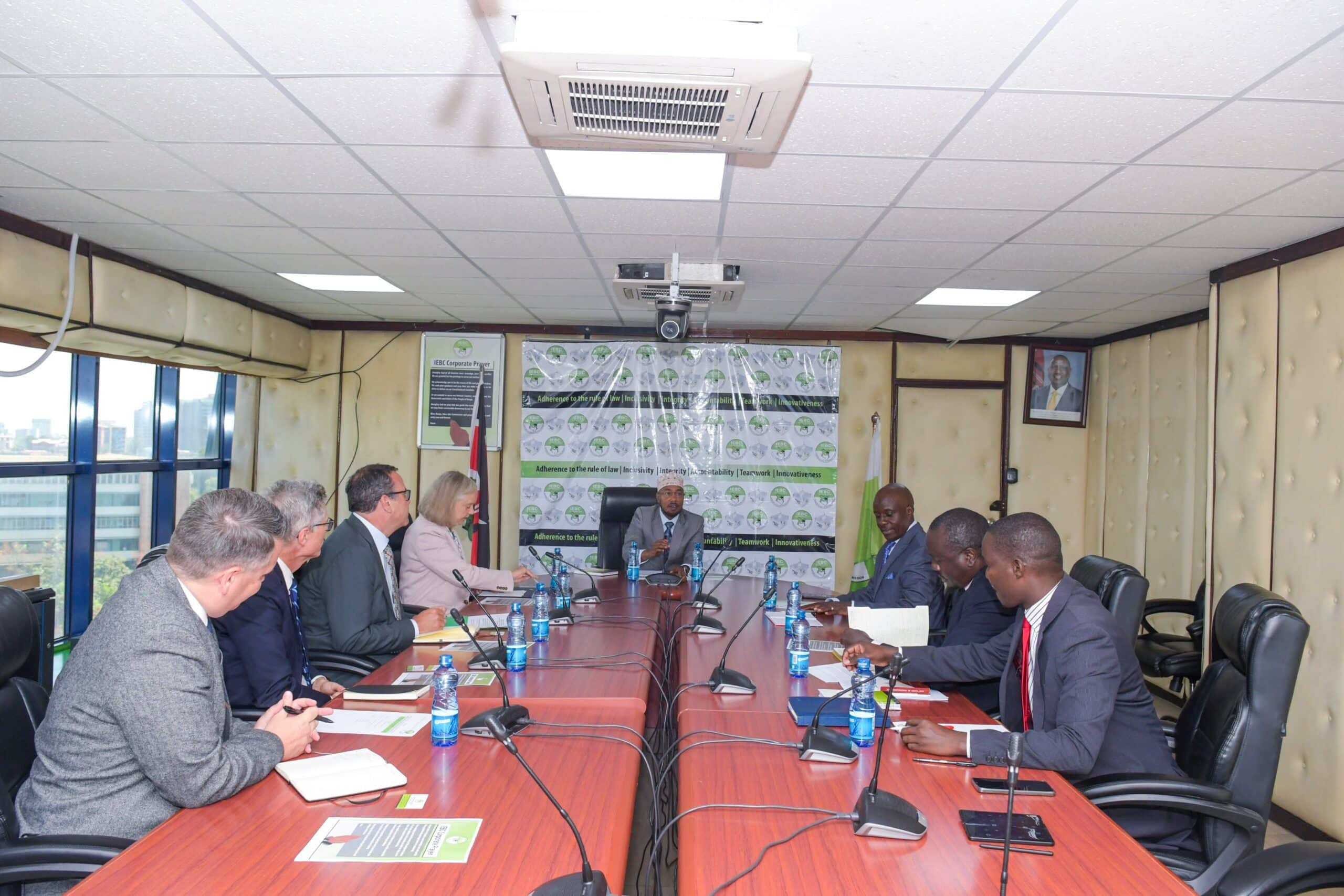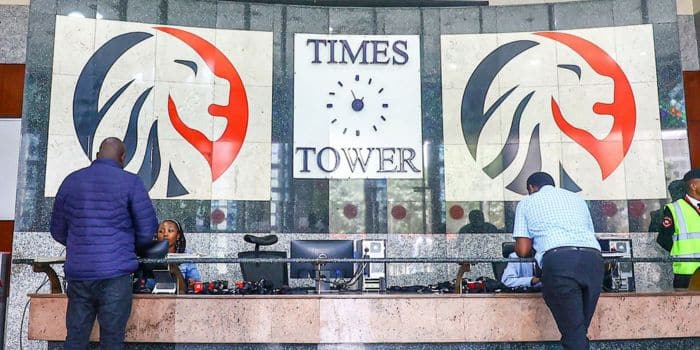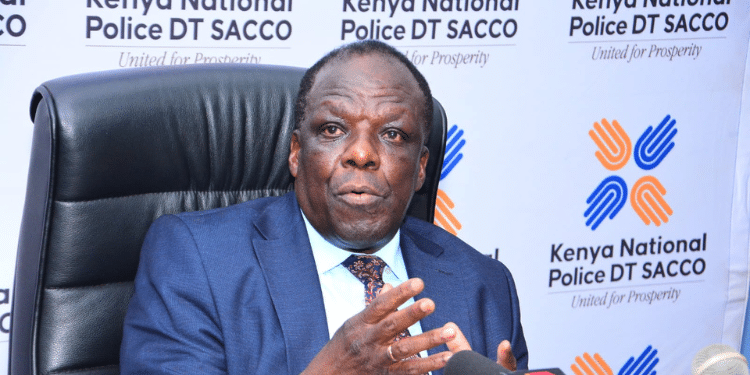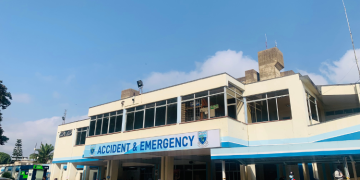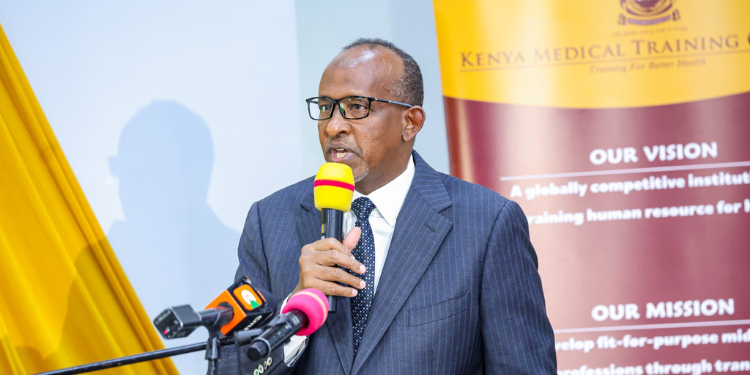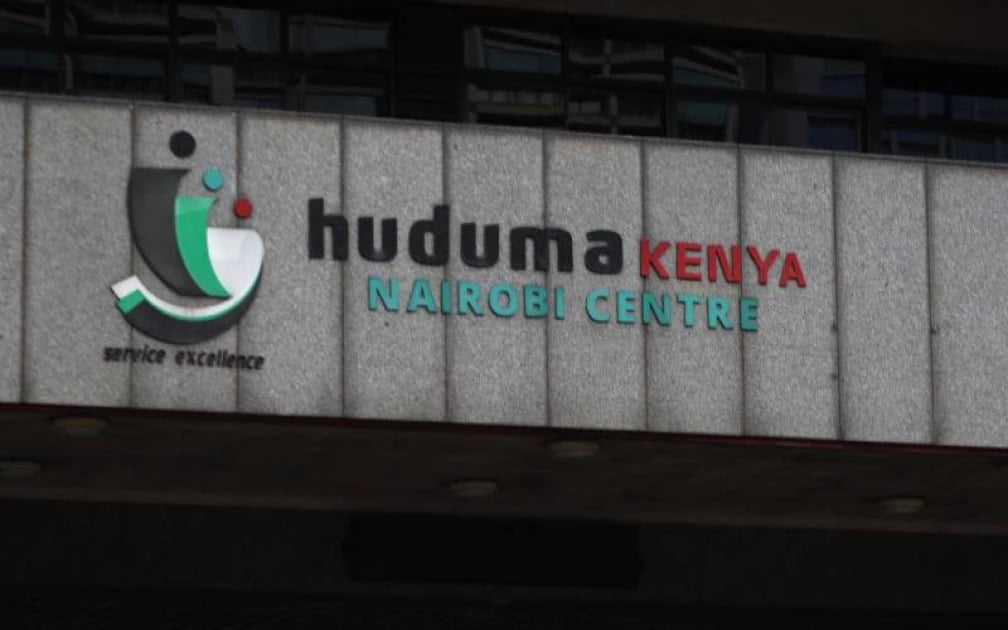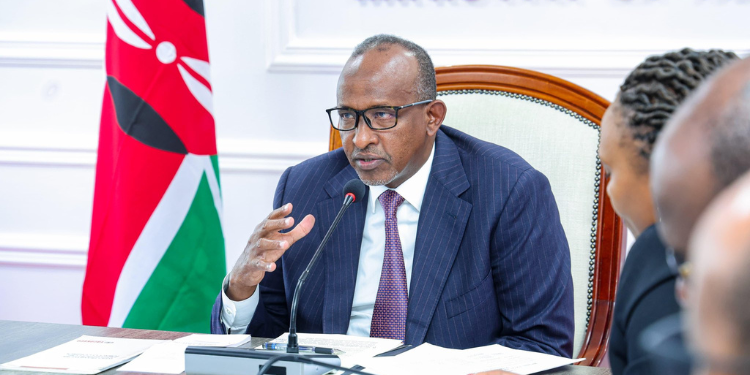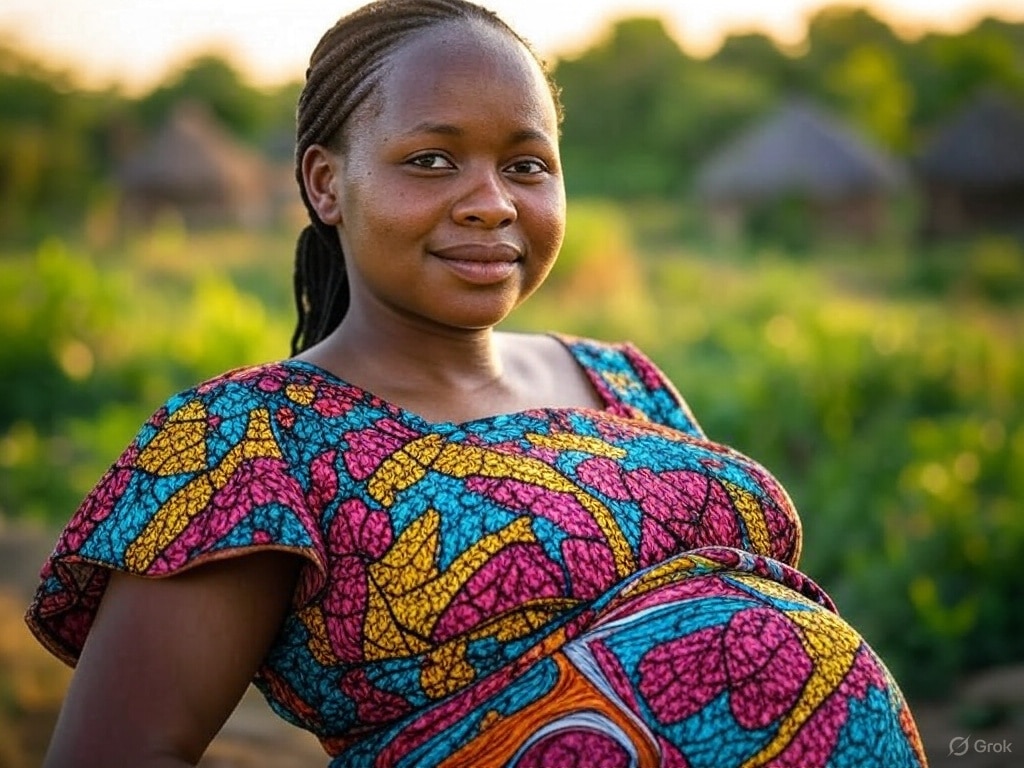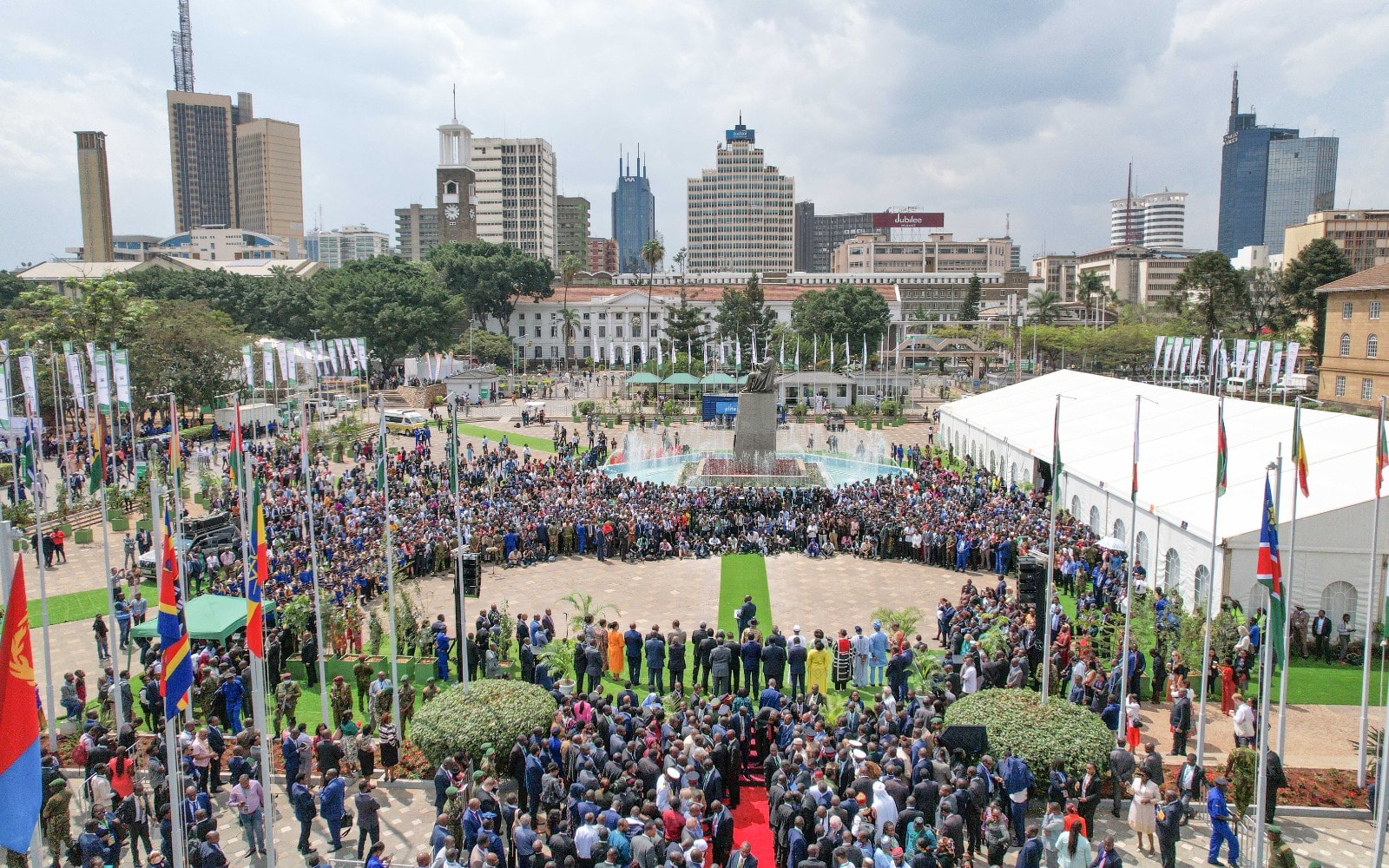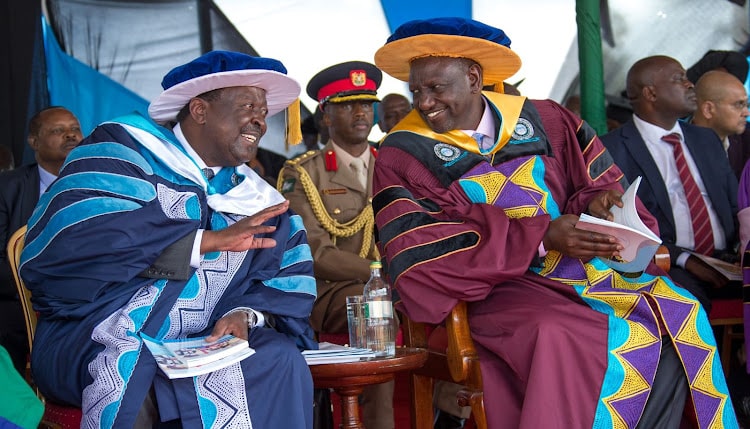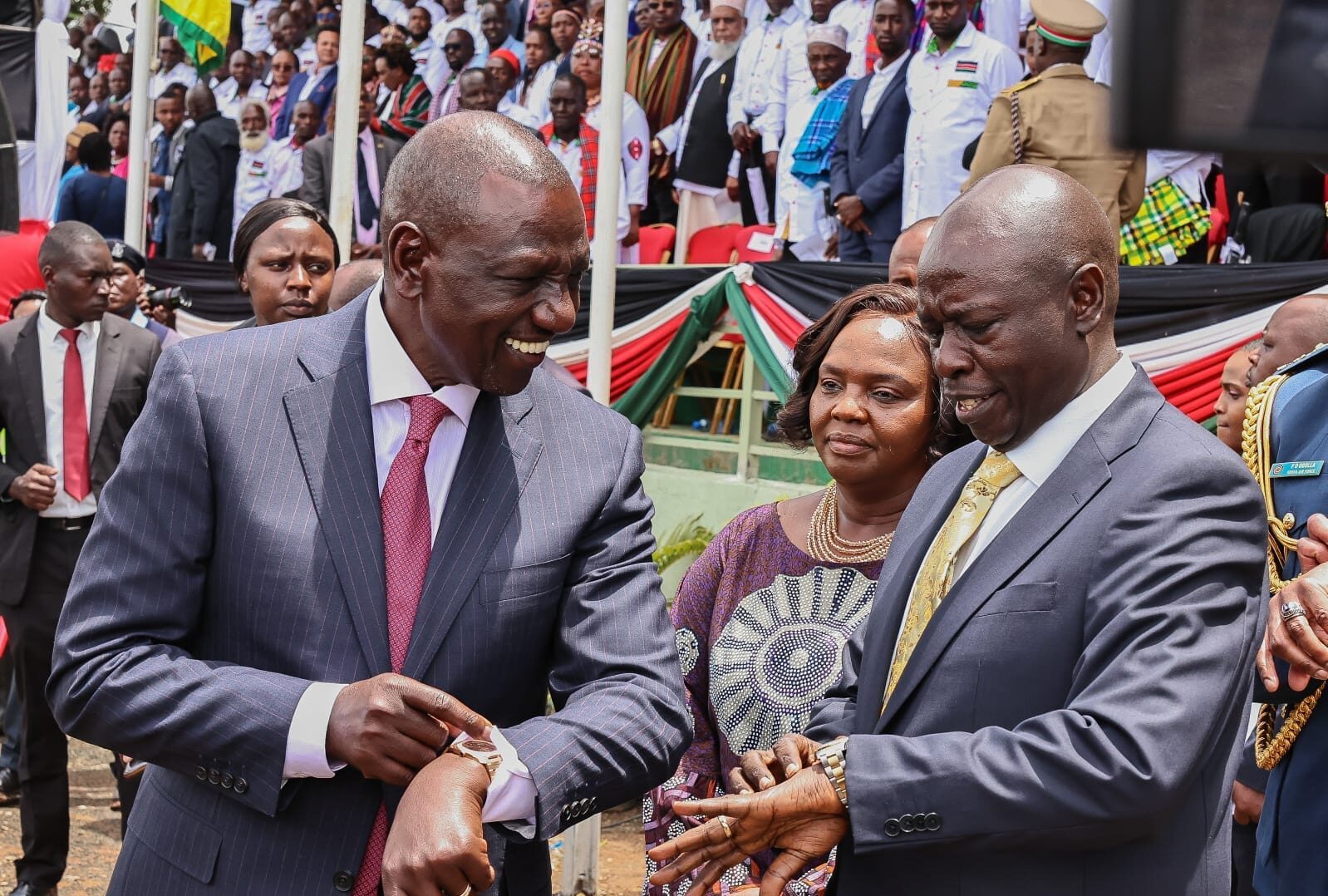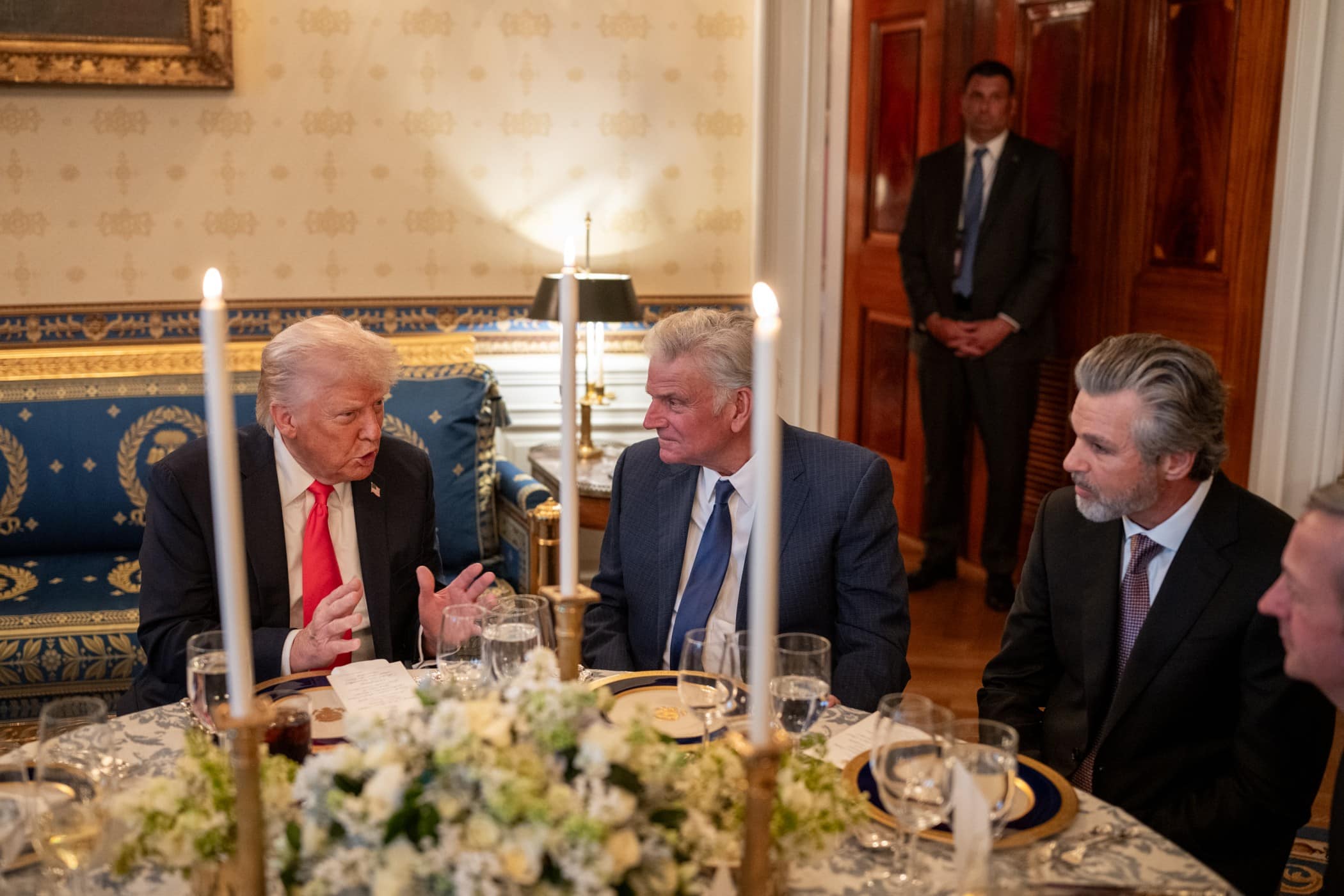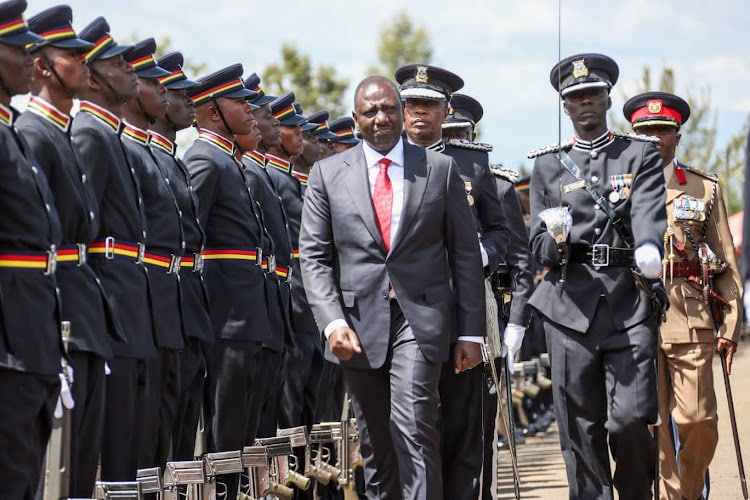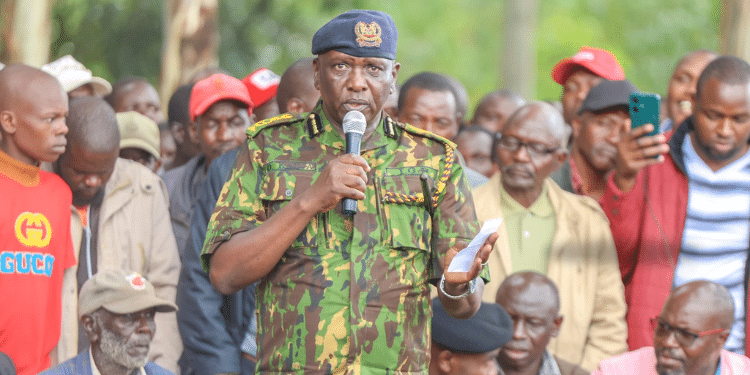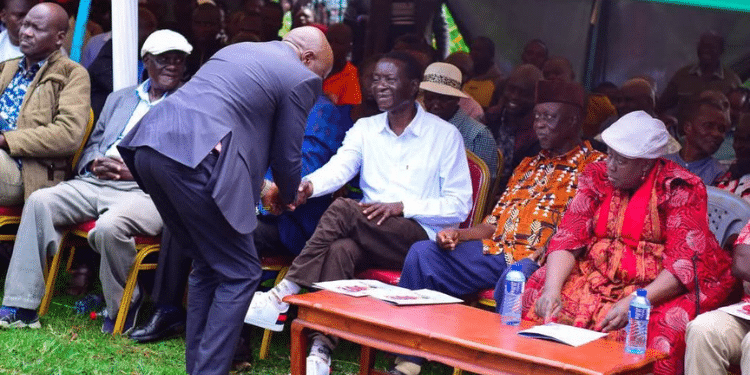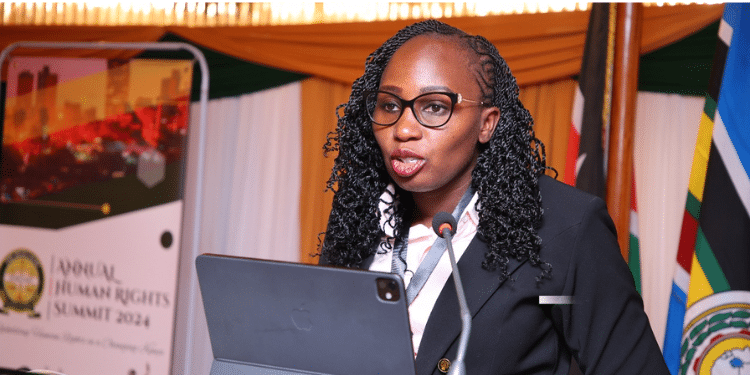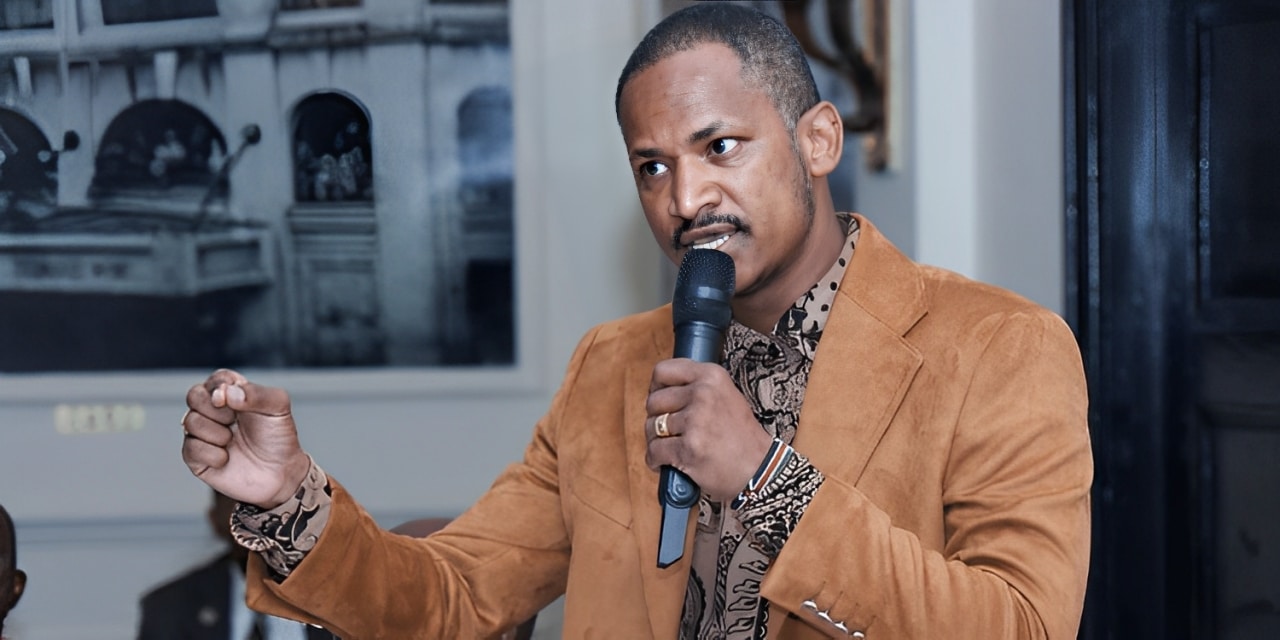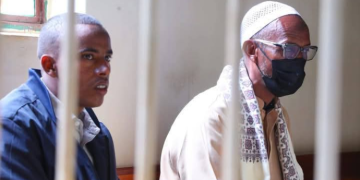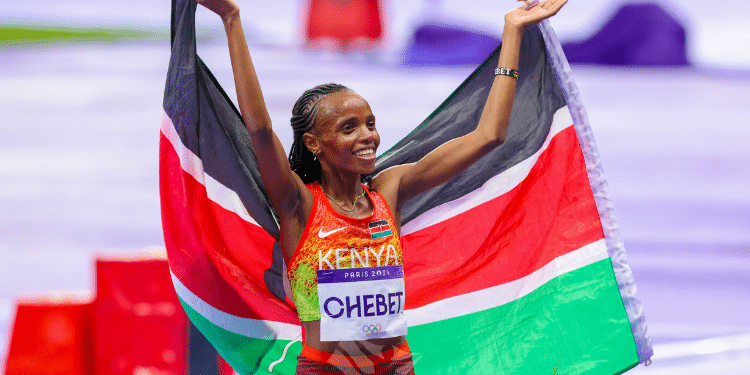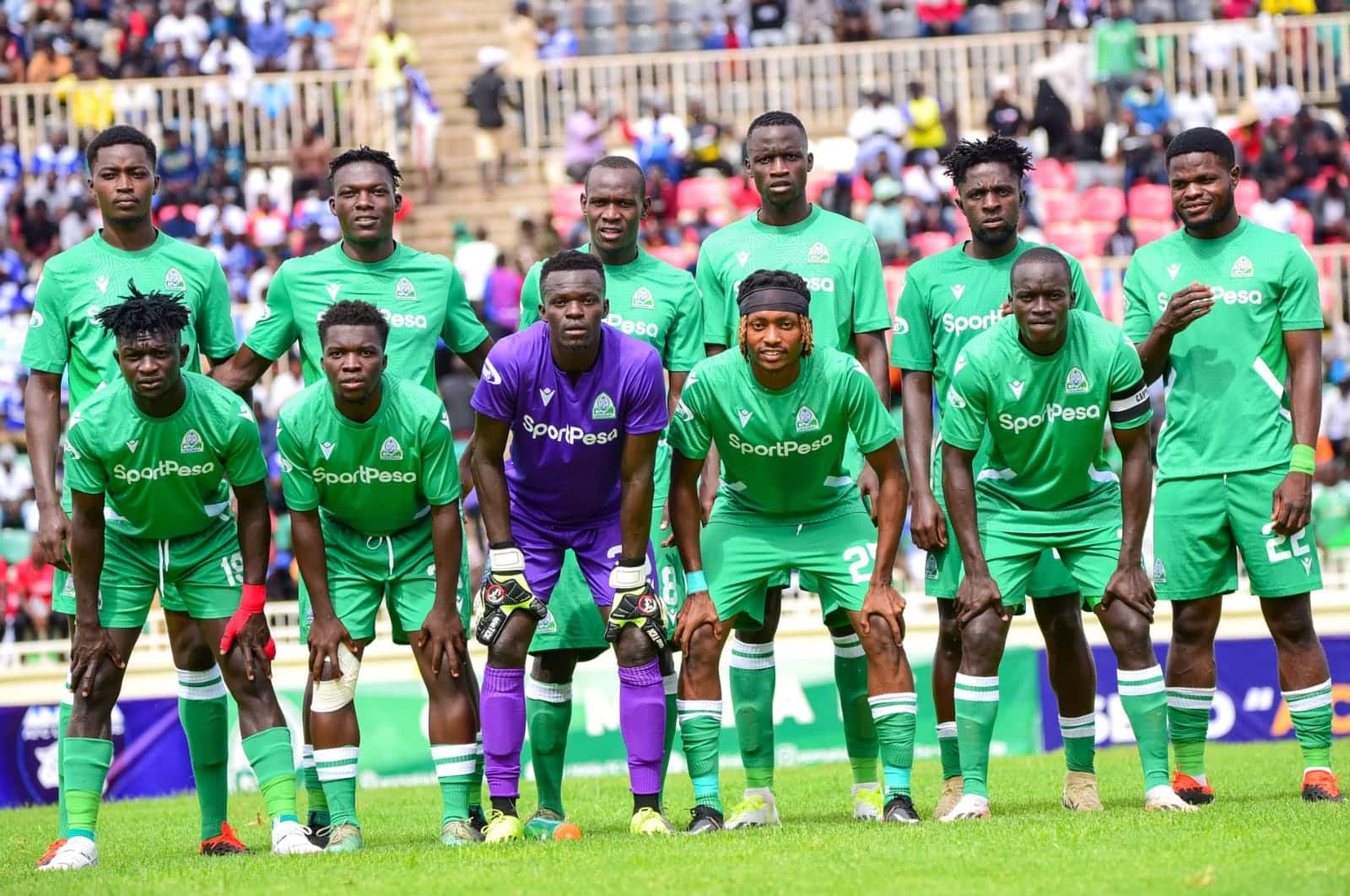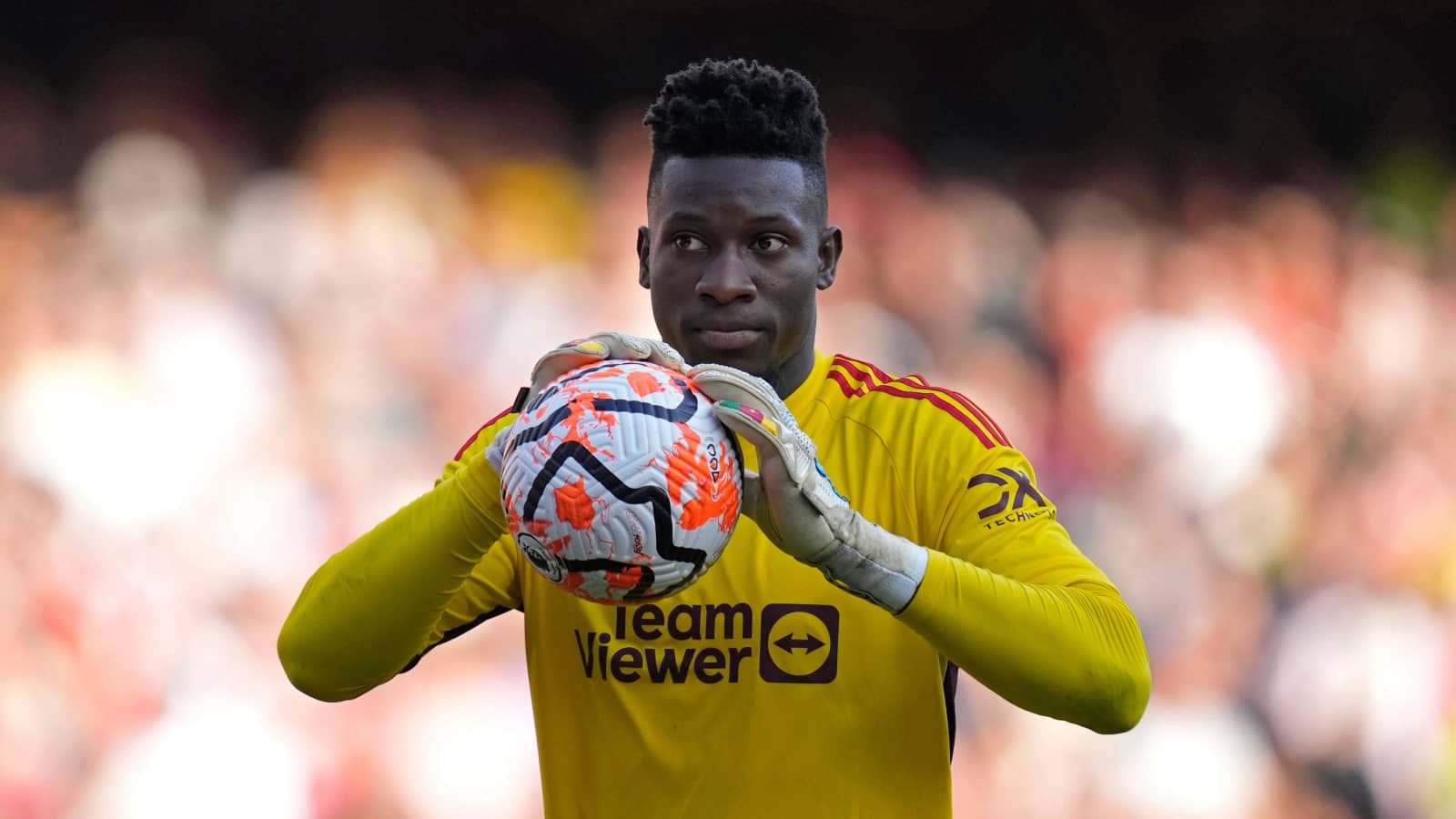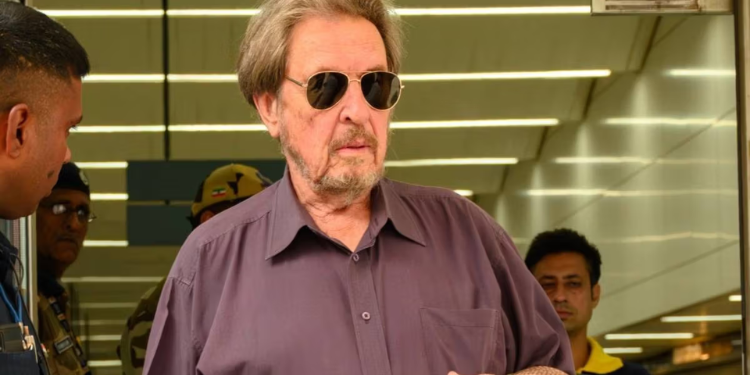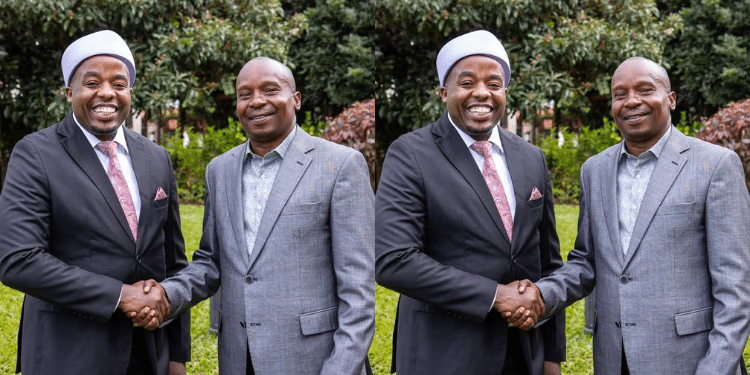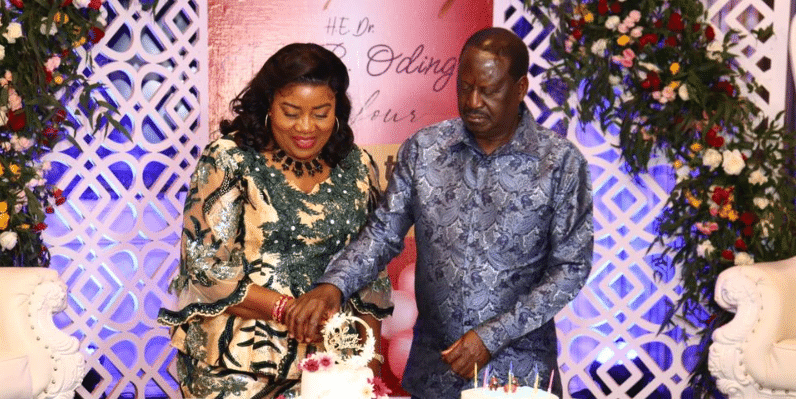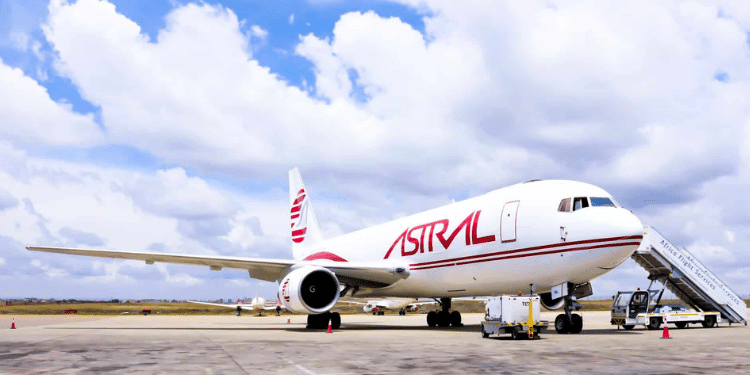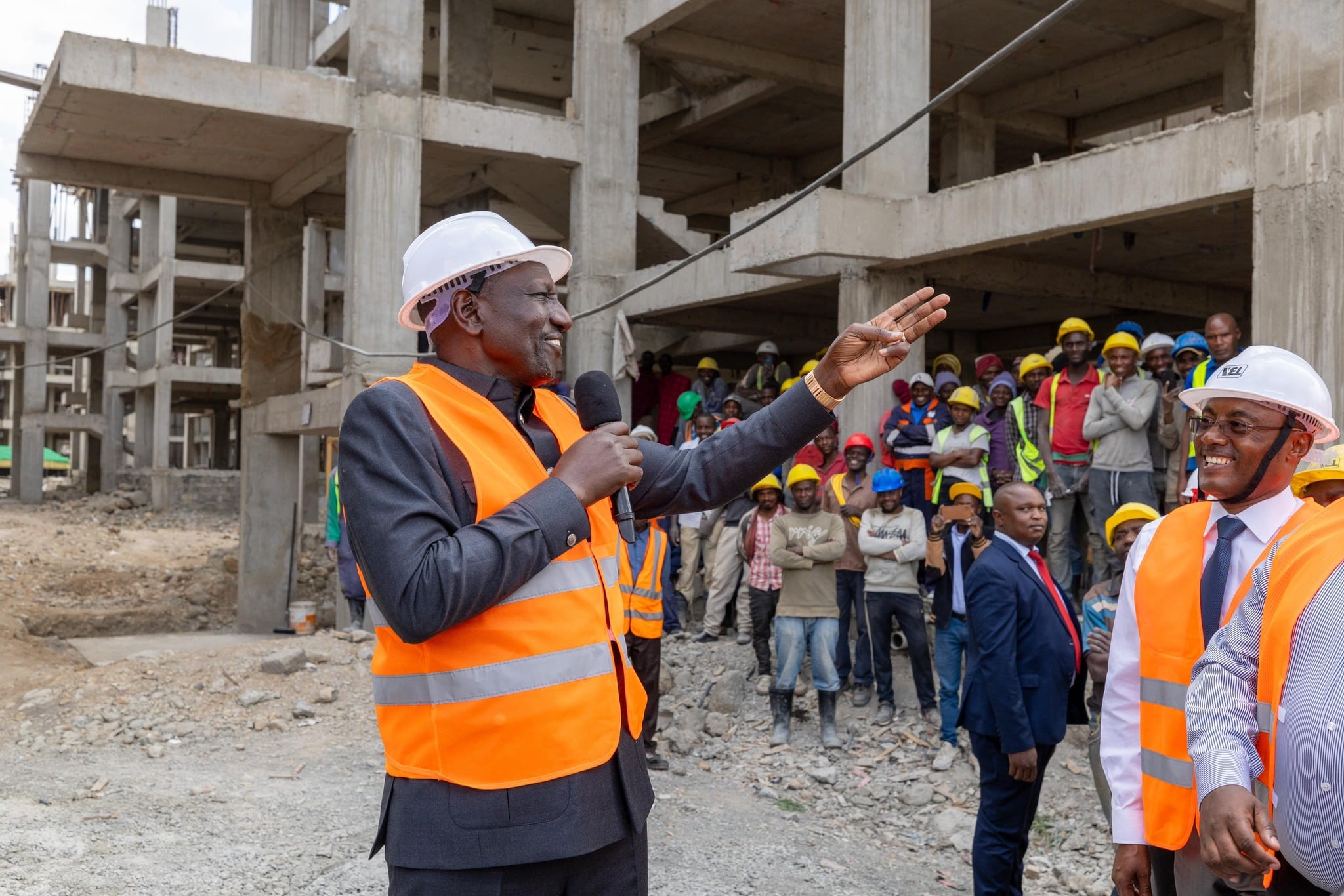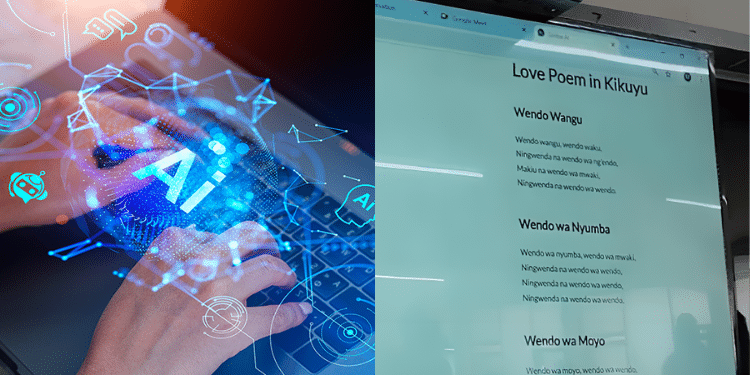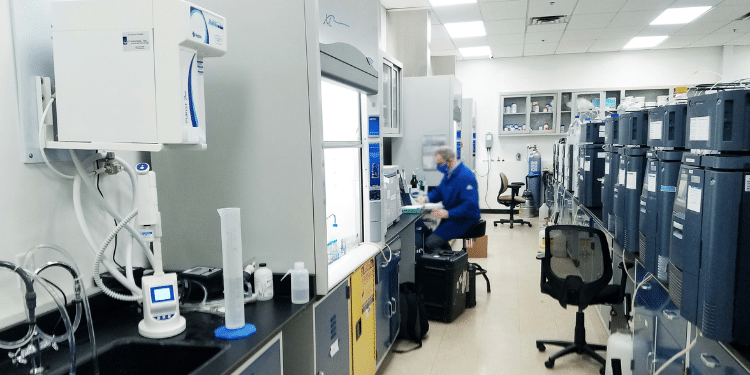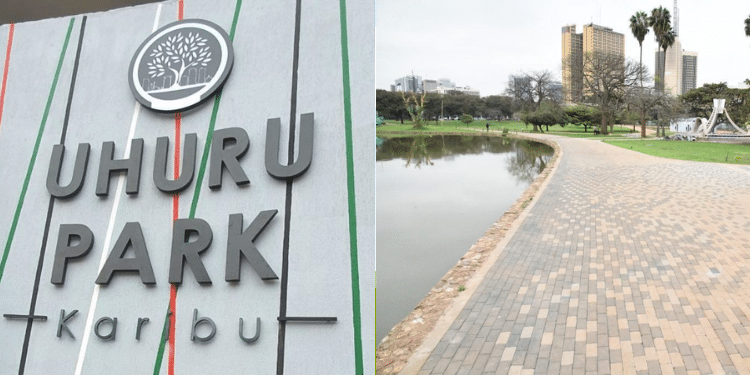Nairobi County Governor Johnson Sakaja has approved the leasing of spaces in Uhuru Park and Central Parks to boost revenue and enhance public amenities.
The Nairobi City County Cabinet, chaired by Governor Sakaja, said the initiative aims to transform these iconic green spaces into vibrant urban assets.
Sakaja said the plan seeks to promote sustainable revenue generation while ensuring environmental preservation and public access.
“The new resolutions include leasing and renting designated spaces within the parks to attract private investment and improve facilities for park users,” Sakaja confirmed.
“These measures are part of a phased implementation plan aligned with legal, environmental, and urban development goals.”

Sakaja Approves Leasing of Uhuru Park and Central Park
Sakaja said this will help establish sustainable income streams to fund park maintenance and development.
Additionally, he mentioned that it will enhance public amenities by introducing recreational facilities, eateries, and event spaces for public enjoyment.
He further emphasized the importance of encouraging private-sector investment to upgrade park infrastructure while implementing leasing frameworks that prioritize ecological conservation.
“This initiative allows others to invest in the facility, earn a living, and, at the same time, generate revenue for the county, ensuring visitors enjoy better services,” Sakaja said.
Also Read: Sakaja Announces Construction of Night club at Uhuru Park; Gives Reason
Uhuru and Central Parks have long been central to Nairobi’s identity, serving as vital recreational and environmental resources.
However, with increasing urban demands, Sakaja said the city recognizes the need for innovative approaches to ensure these spaces remain accessible and sustainable.
Uhuru Park Closure
Late President Mzee Jomo Kenyatta opened the Park to the general public on May 23, 1969.
The Park contains an artificial lake, several national monuments, and an assembly ground. The assembly ground is used for occasional political and religious gatherings.
However, it was closed in November 2021 when the national government and the Nairobi Metropolitan Service (NMS) commenced renovations.
Speaking in December 2021, then President Uhuru Kenyatta dismissed politicians who were opposed to the renovations at Uhuru and Central Parks.
Uhuru said the renovations were part of plans to change the face of the city after speculations of land grabbing.
The Park was officially handed over to Nairobi City County, from the National Government, on April 28, 2024, and has remained opened other than the temporary closure caused by damages following protests witnessed across the city.
During the protests, the County announced that property in the park was vandalized, including the caravan, aeroplanes, sculptures, and toilets.
After investigations by relevant authorities, the park was cleared and cleaned up.
Central Park, on the other hand, is still undergoing some works with the national government contractors expected to complete in December 2024.
Also Read: Sifuna Poses 4 Questions to Sakaja Regarding Uhuru Park
History of the Park
Within the history of this park lies a tale of courage and resilience, epitomized by the late Wangari Maathai, the renowned Kenyan environmentalist and Nobel Peace Laureate.
During the regime of the late President Daniel Arap Moi, the government proposed carving out part of Uhuru Park—a symbol of freedom—for a grandiose project: a 62-story skyscraper complex to house the headquarters of Moi’s ruling party, KANU.
Wangari Maathai, undeterred, raised her voice in defense of preservation, rallying the public through the Green Belt Movement to safeguard Uhuru Park from encroaching development.
The victory was more than the preservation of a physical space; it was a triumph of spirit over oppression and community over conformity.
Follow our WhatsApp Channel and join our WhatsApp Group for real-time news updates.




